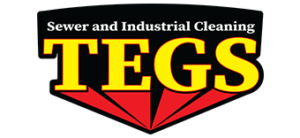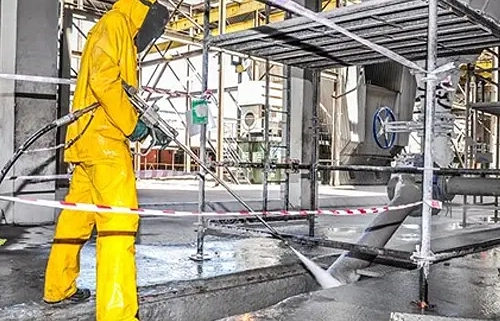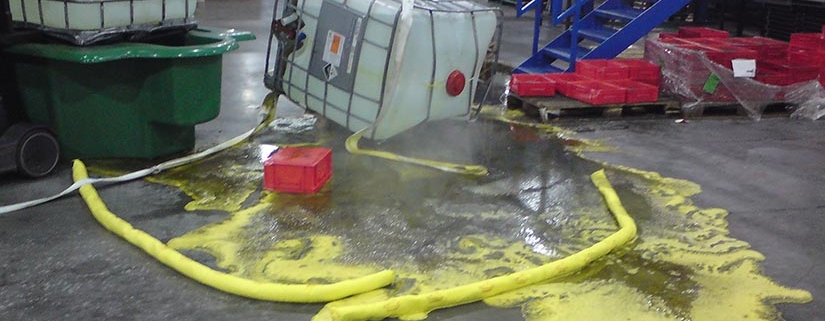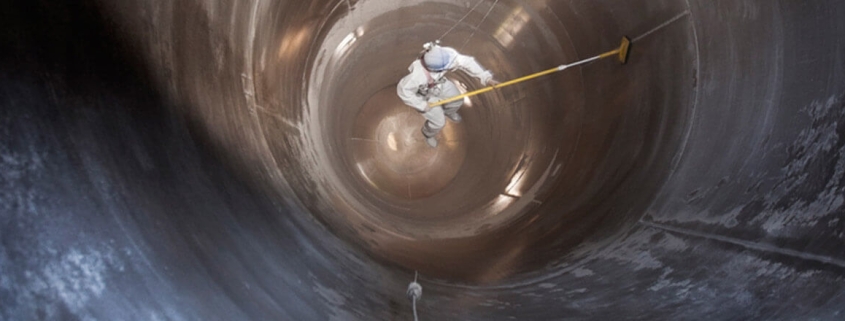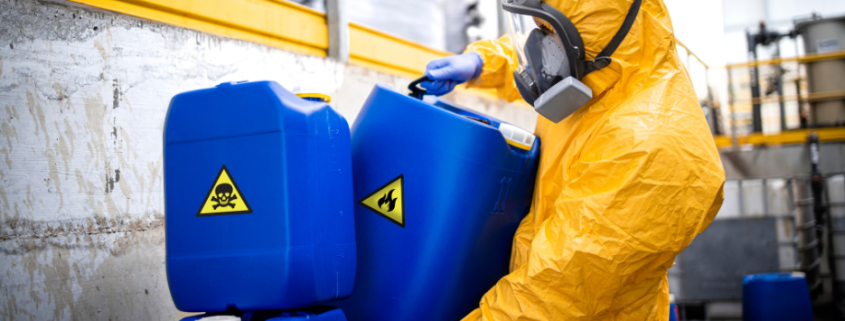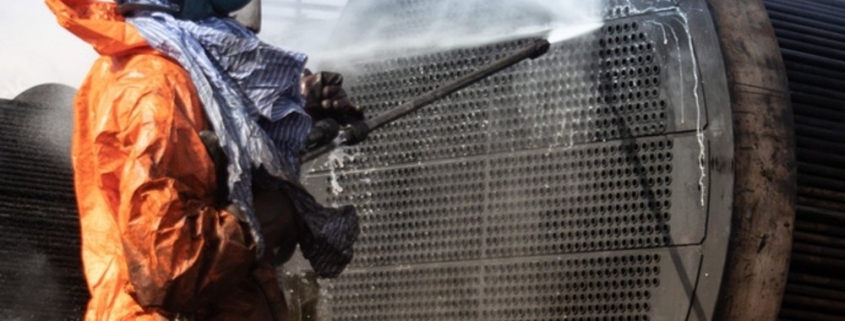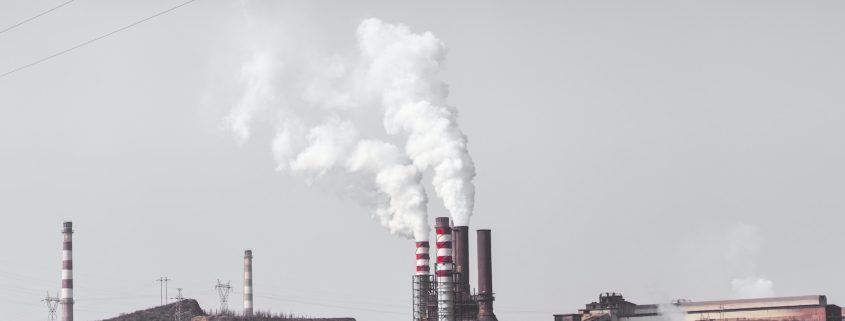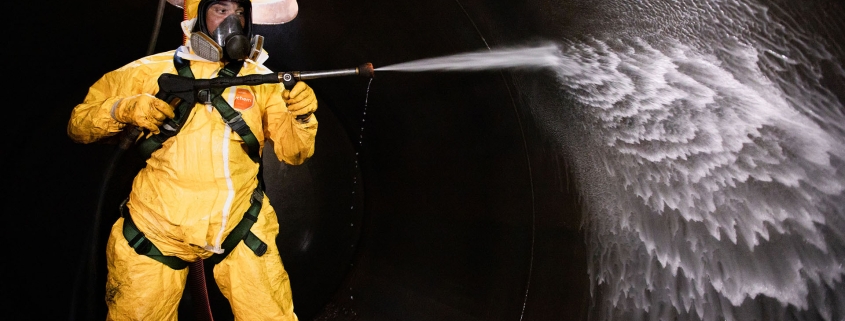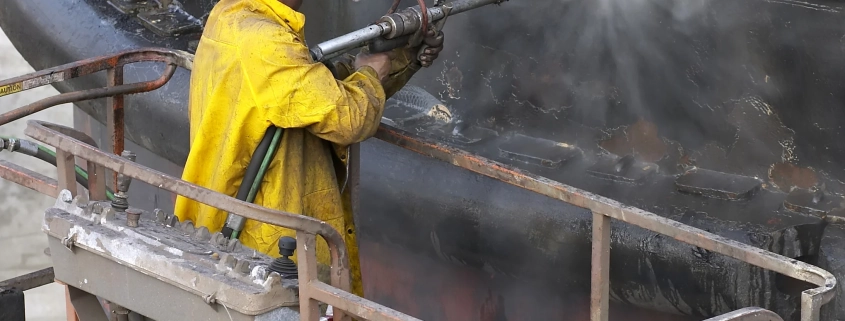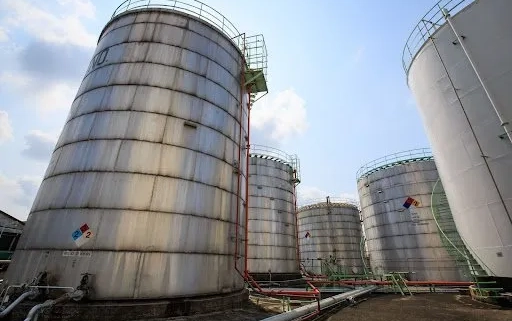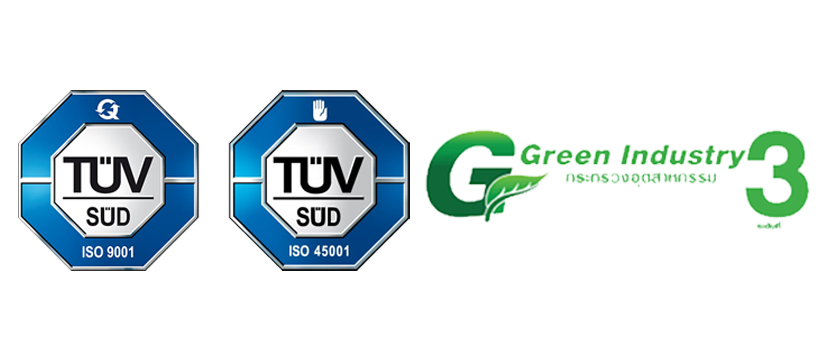In the ever-evolving and highly regulated pharmaceutical industry, maintaining optimal hygiene levels is essential to ensure safety, product integrity, and regulatory compliance. Given the sensitive nature of pharmaceutical production, even the smallest amount of contamination can have significant consequences, leading to batch recalls, damaged reputation, and regulatory penalties.
Therefore, regular professional cleaning within pharmaceutical plants, carried out by a trusted expert such as TEGS Thailand, becomes a cornerstone of successful pharmaceutical operations.
This blog post will delve into the critical role industrial cleaning plays in the pharmaceutical industry, with an emphasis on the importance of maintaining a contaminant-free environment in ensuring safety and product quality. We will outline the unique challenges that pharmaceutical facilities face in terms of cleanliness and hygiene, including strict compliance requirements, contamination risks, and the need for specialised sanitisation procedures.
We will then examine how TEGS Thailand’s expert cleaning services offer a reliable solution to these challenges, supporting a contaminant-free environment and helping you remain compliant with regulations.
Partnering with a professional cleaning provider like TEGS Thailand means tapping into years of expertise in pharmaceutical industry cleaning and cleanliness maintenance. This partnership can equip your facility with the right tools and knowledge, engendering improved quality control, reduced risk of contamination, and enhanced compliance with industry standards.
In the following sections, we’ll explore in detail the role and benefits of professional cleaning in the pharmaceutical industry and how TEGS Thailand’s services contribute to a safer and more efficient pharmaceutical manufacturing environment.
Addressing the Unique Contamination Risks and Compliance Challenges in Pharmaceutical Facilities
- Cross-Contamination: Pharmaceutical facilities must prevent the risk of cross-contamination to ensure the safety and efficacy of their products. Microorganisms, dust particles, and chemical residues can compromise the quality of pharmaceuticals, leading to compromised reputation, regulatory penalties, and the potential for harm to end users.
- Compliance with Good Manufacturing Practices (GMP): Compliance with GMP is a top priority in pharmaceutical manufacturing, as adherence to these strict regulations is crucial for safety and quality assurance. Facilities that fail to comply can face severe penalties and even suspension of operations.
- High Standards of Cleanliness: Pharmaceutical facilities must uphold cleanliness and sanitisation protocols that meet the stringent standards set by governing bodies, ensuring maximum control over microbiological contamination.
- Specialised Cleaning Techniques: Pharmaceutical facilities require customised cleaning processes tailored to their specific needs, as traditional cleaning methods may not be sufficient to address the unique challenges and compliance requirements they face.
Leveraging TEGS Thailand’s Expert Pharmaceutical Cleaning Services
- Tailored Cleaning Solutions: TEGS Thailand recognises the unique requirements of pharmaceutical facilities and develops tailored cleaning plans that account for each facility’s specific challenges. Our cleaning solutions incorporate industry best practices and regulatory standards, ensuring the optimal level of cleanliness for your manufacturing environment.
- Highly Trained Technicians: Our cleaning professionals undergo rigorous training in proper techniques and regulations for pharmaceutical cleaning, ensuring they possess the necessary skills and knowledge to achieve excellent results. By utilising TEGS Thailand’s trained technicians, you can maintain your facility’s stringent cleanliness standards while mitigating contamination risks.
- State-of-the-Art Equipment and Materials: TEGS Thailand uses advanced cleaning equipment and materials designed explicitly for use in pharmaceutical facilities, ensuring efficient and effective results while minimising the risk of contamination. From HEPA-filtered vacuums to specialised disinfectants, our innovative tools are crucial in maintaining a hygienic manufacturing environment.
- Compliance Monitoring and Support: With a deep understanding of the highly regulated pharmaceutical industry, TEGS Thailand helps clients maintain ongoing compliance with regulations by closely monitoring cleanliness levels and implementing corrective actions as needed. Our proactive approach ensures that your facility stays compliant and avoids costly penalties.
Key Strategies to Support Pharmaceutical Facility Cleanliness
- Routine Cleaning and Maintenance: Establishing a regular cleaning schedule is the foundation of maintaining a consistently clean and compliant manufacturing environment. By routinely addressing potential contaminants, you can reduce the risk of cross-contamination and ensure adherence to required standards.
- Employee Training: Educate employees on the importance of maintaining a clean work environment and provide ongoing training in hygiene and contamination control practices. An engaged and knowledgeable workforce is integral to maintaining the high standards expected in pharmaceutical manufacturing.
- Quality Assurance and Control: Implement a quality management system that provides a framework for continuous monitoring and improvement of cleanliness within the facility. This system will help identify potential contamination issues and enable swift corrective actions.
- Ongoing Collaboration with Cleaning Providers: Work actively with your pharmaceutical cleaning provider, like TEGS Thailand, to continuously enhance facility cleanliness through regular communication and sharing of knowledge. This collaboration ensures that your facility stays ahead of evolving industry demands and regulations.
Conclusion
Maintaining the highest possible cleanliness standards is integral to the success of any pharmaceutical manufacturing facility. By partnering with TEGS Thailand, you can rely on expert cleaning services that are specifically tailored to the unique challenges and regulatory requirements of the pharmaceutical industry. Our knowledgeable and skilled technicians utilise the latest equipment and materials to ensure thorough and efficient cleaning, ultimately safeguarding your products’ quality, safety, and compliance.
Are you in need of professional pharmaceutical cleaning services in Thailand? Look no further than TEGS Thailand, the leading cleaning company in Thailand. With years of industry experience and a commitment to cleanliness and compliance, we are the trusted partner for many pharmaceutical facilities. Our team will work with you to ensure a hygienic manufacturing environment and contribute to the ongoing success and sustainability of your operations. Contact us today to learn more about our cleaning services in Thailand and how we can support your facility’s cleanliness needs.
